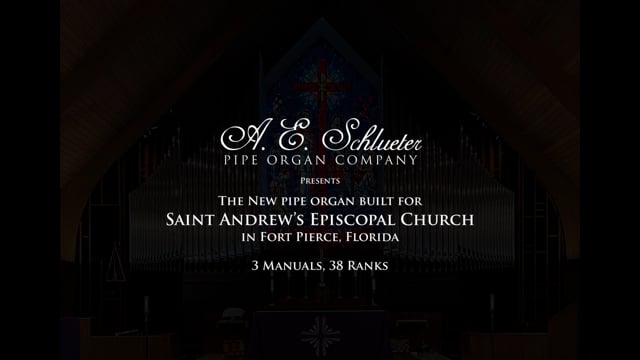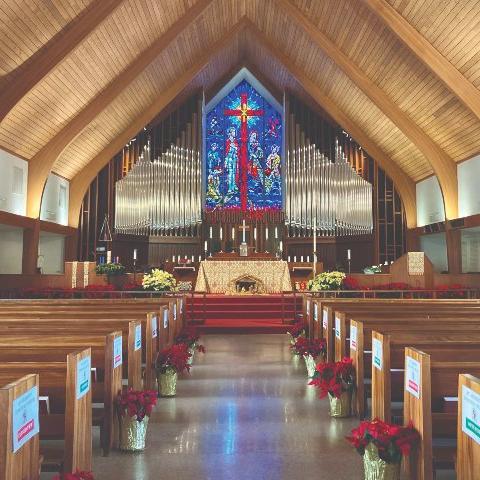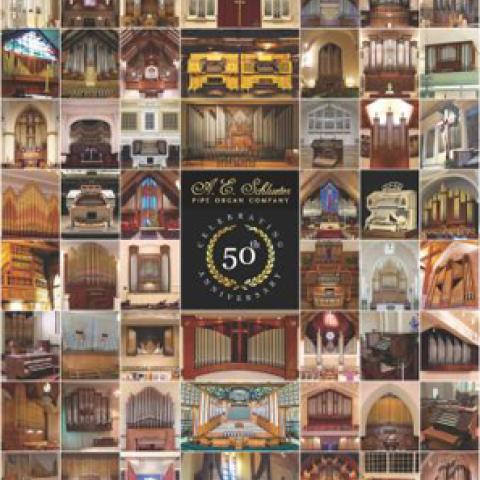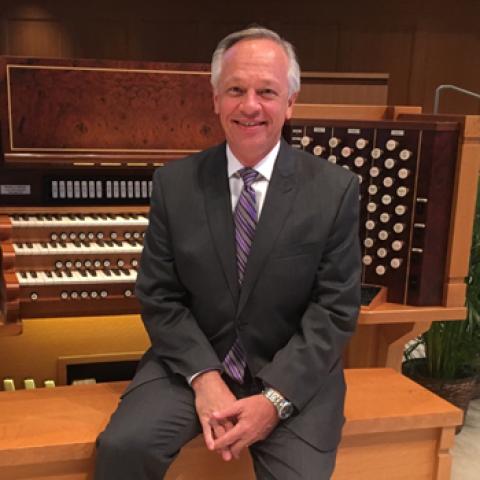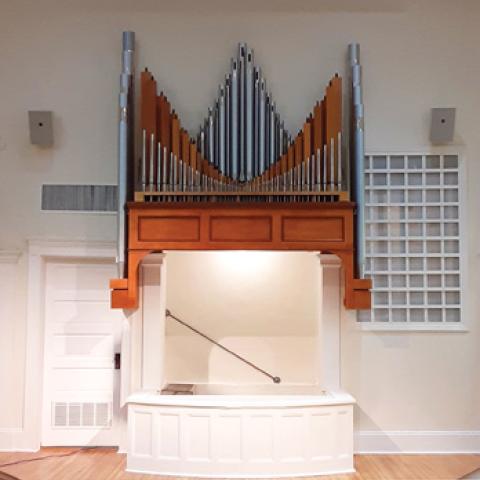
A. E. Schlueter Pipe Organ Company, Lithonia, Georgia, has completed a new organ for Saint Andrew’s Episcopal Church, Fort Pierce, Florida: 60 stops, 38 ranks, 2,147 pipes.
The organ is featured on the cover of the May issue of The Diapason:
https://www.thediapason.com/content/cover-feature-schlueter-st-andrews-episcopal-ft-pierce-fl
See the video slide-show at: https://www.thediapason.com/videos/schlueter-organ-saint-andrews-episcopal-church-fort-pierce-florida
Visit www.pipe-organ.com for more information or to contact A. E. Schlueter Pipe Organ Company.
Other organ builder news:

